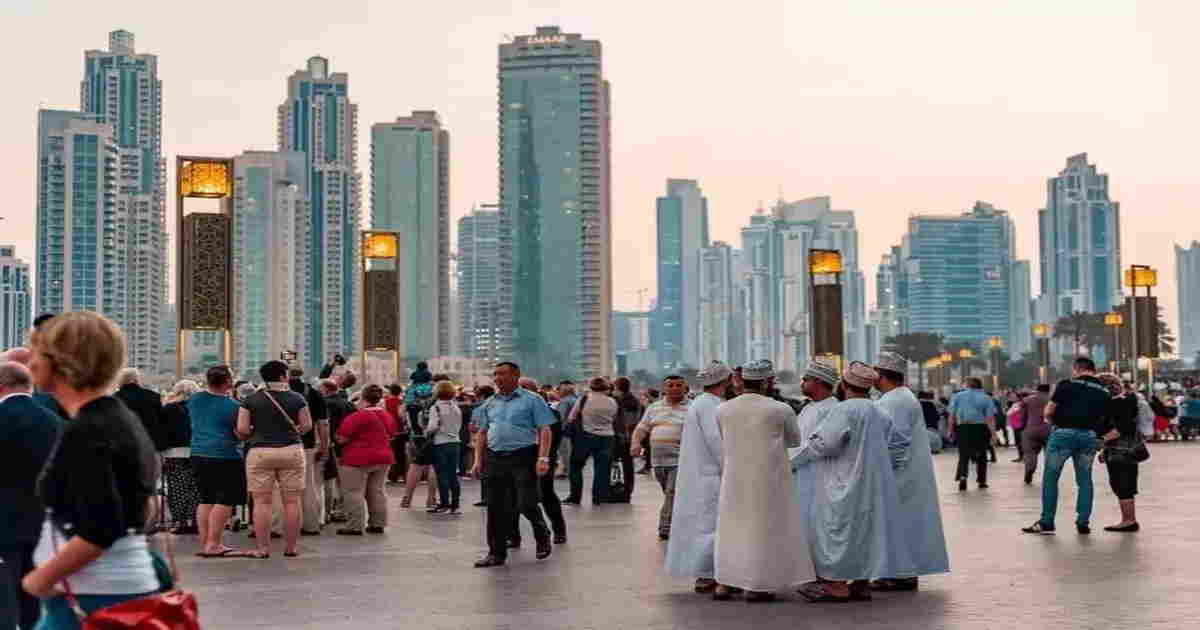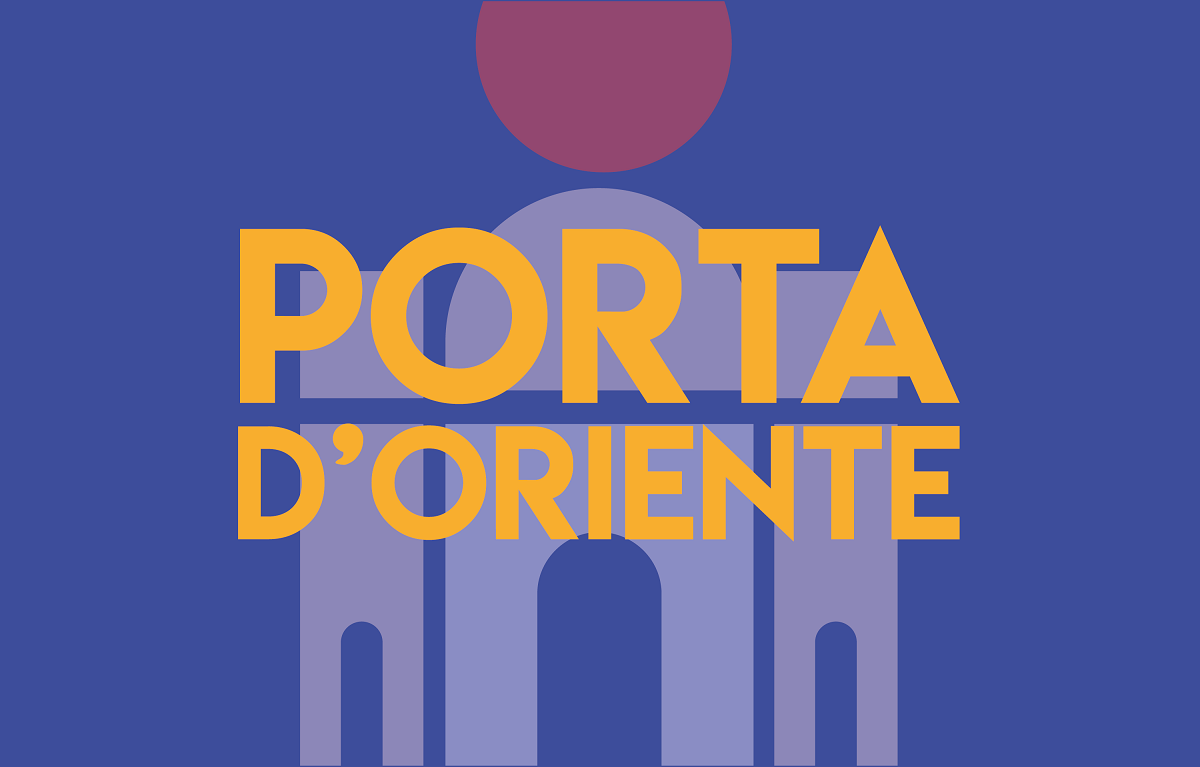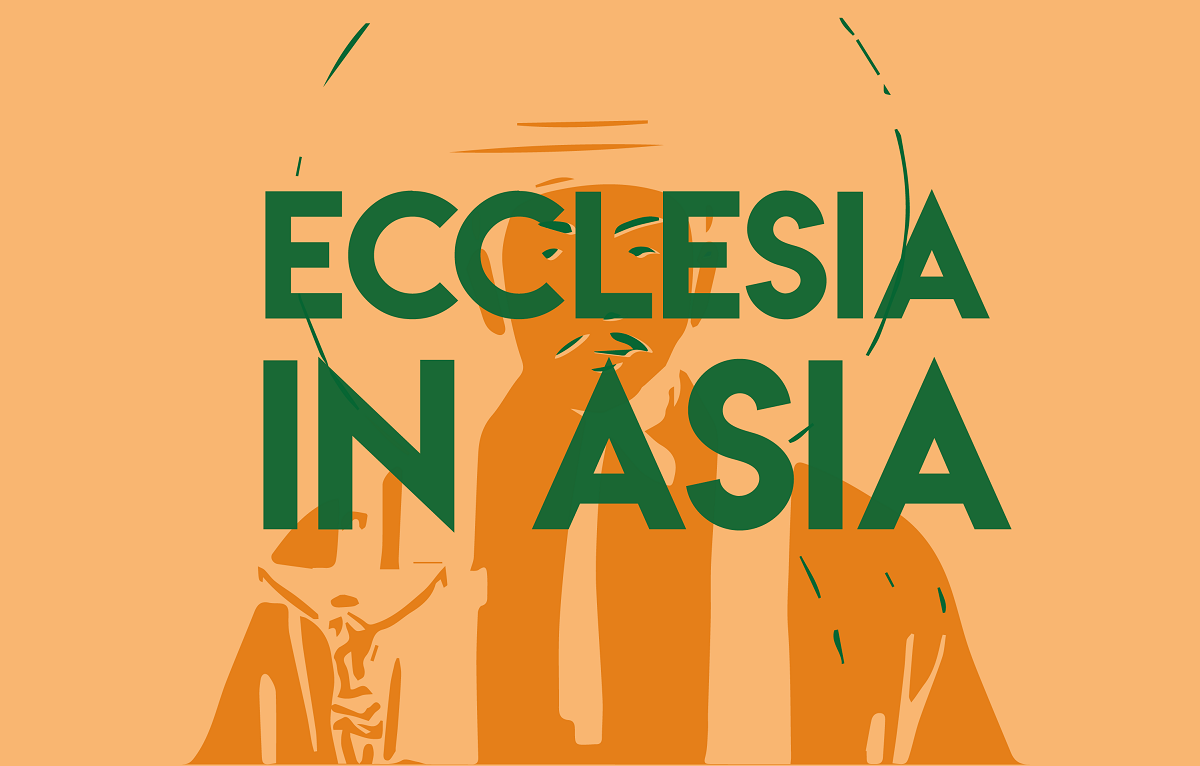Dubai’s population doubles to four million in 15 years
Dubai’s statistical agency released the data today. In 1975, the population stood at 175,000. The emirate is increasingly a popular among the super-rich from Europe, Asia, and Africa, with a boom from the United Kingdom. The emirate’s 2040 development plan focuses on liveability, a city where everything can be found in “20 minutes”.
Dubai (AsiaNews) – Today was an historic day for Dubai, as the Arab emirate’s population reached a record high, topping the four million mark, according to the Dubai Statistics Center (DSC), which regularly reports estimates on the number of national and foreign residents.
As of today (28 August), the overall number stood at 4,000,387, with an increase of 2,185 per cent from around 175,000 in 1975; once again, this demonstrates the emirate’s demographic, economic, and commercial success in just 50 years.
If only the last 15 years are considered, the population doubled, up from two million on 24 December 2011.
In the past ten years, the emirate has also recovered from the crisis sparked by the 2008-10 global financial crisis, which severely impacted Dubai's real estate sector. Since 2011, a renewed climate of optimism has been apparent.
Symbols of the new development are, among others, the Dubai Metro, which began operating in 2009, and the influx of visitors to the Burj Khalifa, the tallest building in the world, completed in 2008.
Dubai's population has seen its most notable growth since the pandemic, with the emirate increasingly regarded as a luxury haven for global millionaires, with strong demand coming from the United Kingdom, India, Russia, Southeast Asia, and Africa.
The influx from the United Kingdom is particularly significant, with the country projecting a loss of 16,500 millionaires this year. This is the largest outflow of high-net-worth individuals from any country in the last 10 years.
According to some estimates, 30,000 Britons moved to Dubai in 2021, rising to 35,000 in 2022 and 40,000 in 2023, so that today approximately 240,000 Britons call the emirate home. This is even higher than Russians and Ukrainians who moved to Dubai after the outbreak of war following the Russian invasion of Ukraine in 2022.
The number of millionaires living in Dubai has doubled in the last decade, making it one of the fastest-growing wealth centres in the world, according to a New World Wealth report for Henley & Partners in April.
In 2023, there were 72,500 millionaires, 212 hundred-millionaires (people with hundreds of millions), and 15 billionaires. A year later, Dubai had approximately 81,200 millionaires, 237 hundred-millionaires, and 20 billionaires.
One of the key changes is that people are staying in the emirate longer than before, with substantial changes also in life o the emirate itself – road safety experts point out that the growing population has had an impact on traffic.
“More people means more vehicles which means more traffic which means more congestion,” said Thomas Edelmann, founder and managing director of RoadSafetyUAE.
In terms of public transport, the number of trips in 2010 reached 289 million and exceeded 747 million last year.
The metro is also expanding, with construction of the new Blue Line starting in 2023 and expected to be completed within four years. Finally, the international airport became the world's busiest for international traffic in 2016.
While Saudi Arabia has drawn up its Vision 2030 development plan, the benchmark for Dubai is the 2040 Urban Master Plan, elaborated in 2020 with the goal of making Dubai “the best city in the world to work and live in”.
According to estimates, in 15 years, the population is expected to reach six million, on par with metropolises like Dallas, Singapore, and Madrid.
As UAE Vice President and Ruler of Dubai Sheikh Mohammed bin Rashid Al Maktoum put it, the future goal is sustainability and ensuring that people can find everything they need in their daily lives within a short distance: “a 20-minute city”.
28/11/2019 16:18
22/04/2022 19:06







.png)










